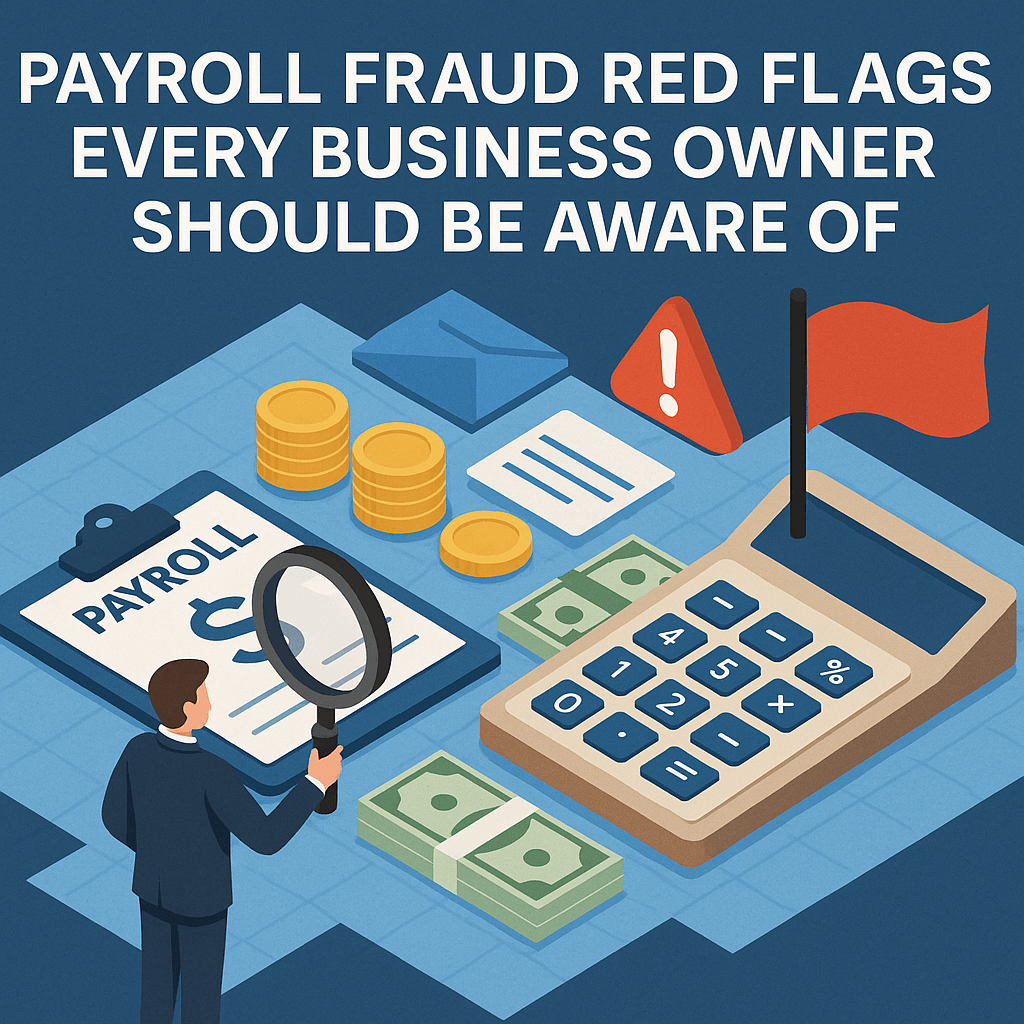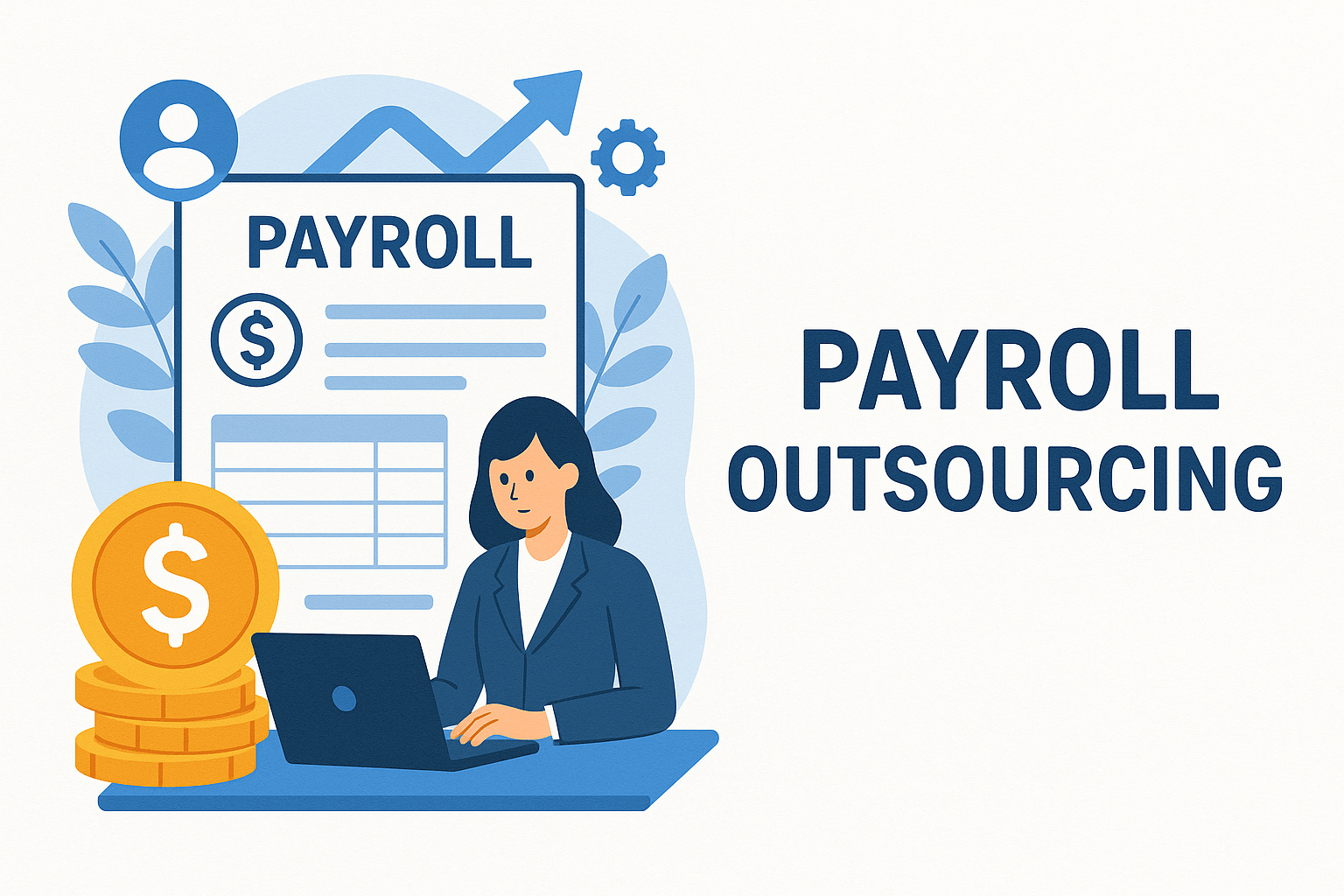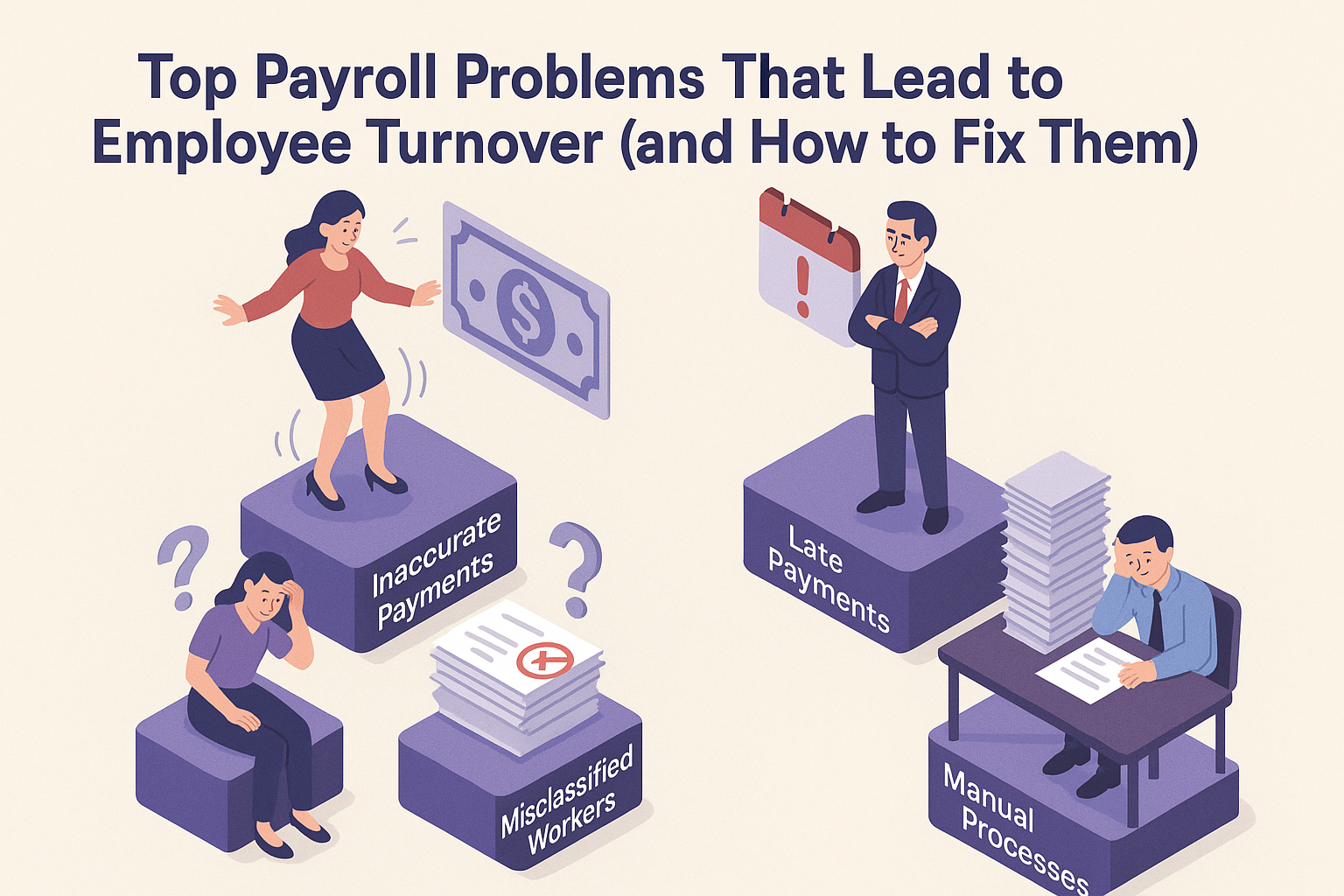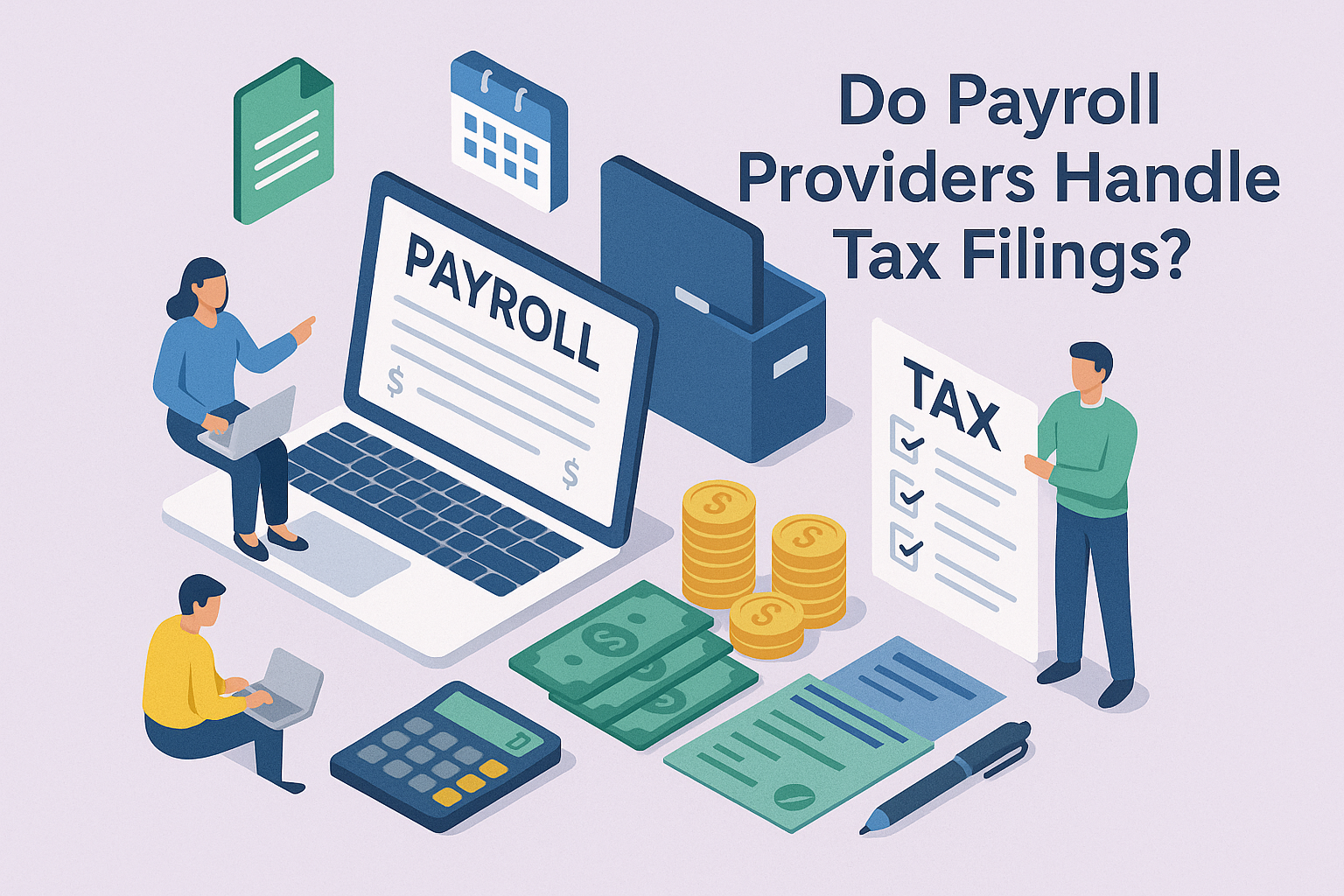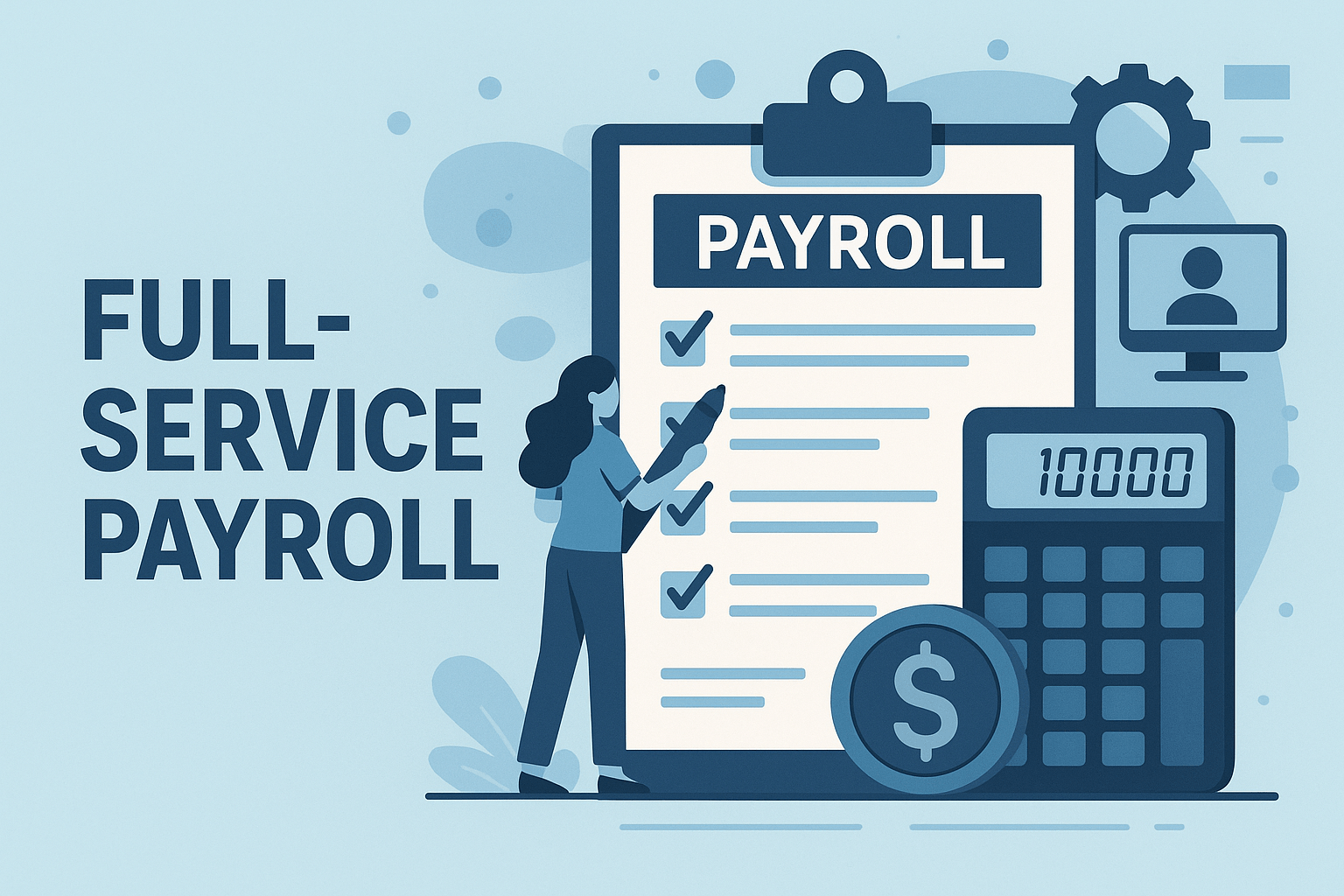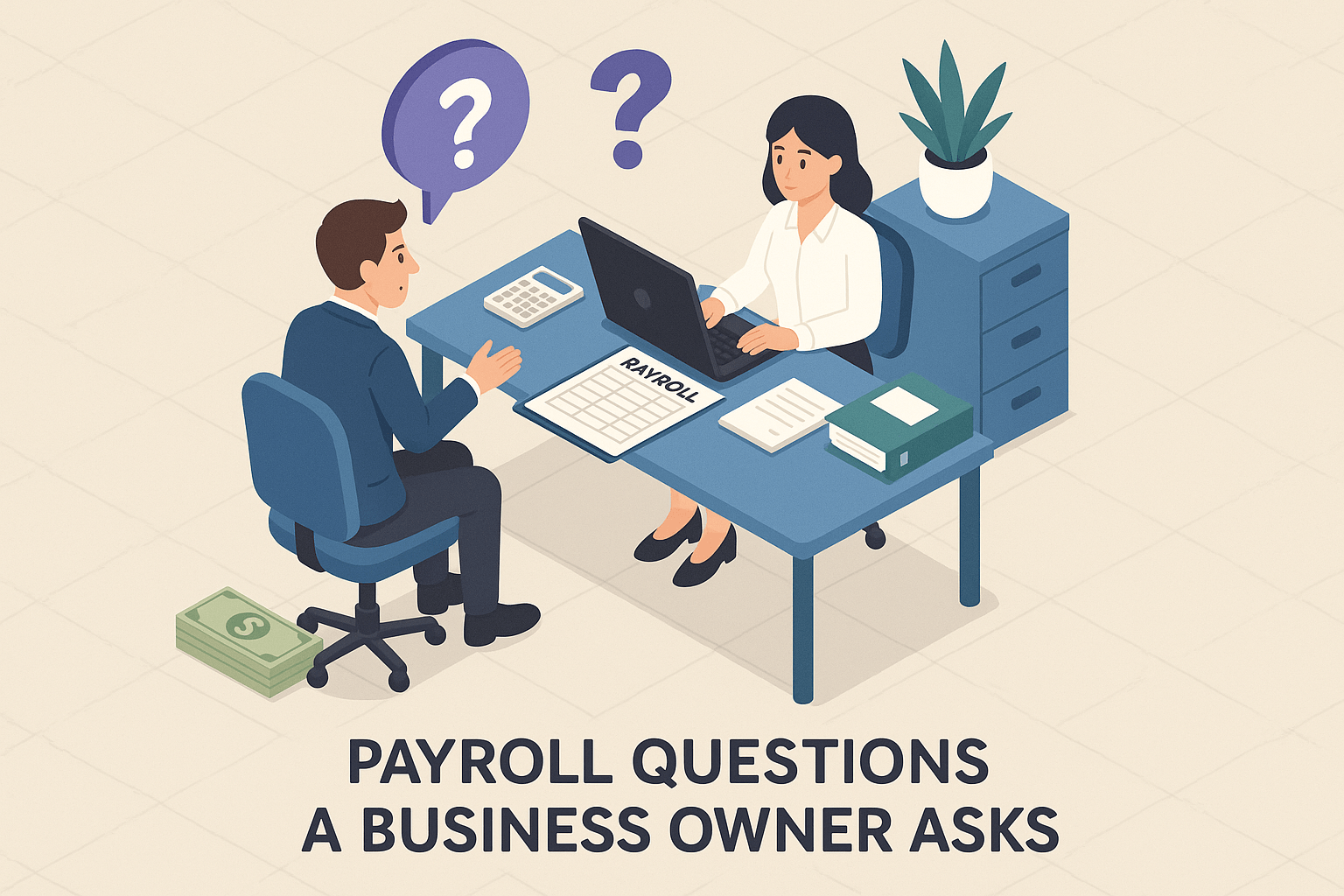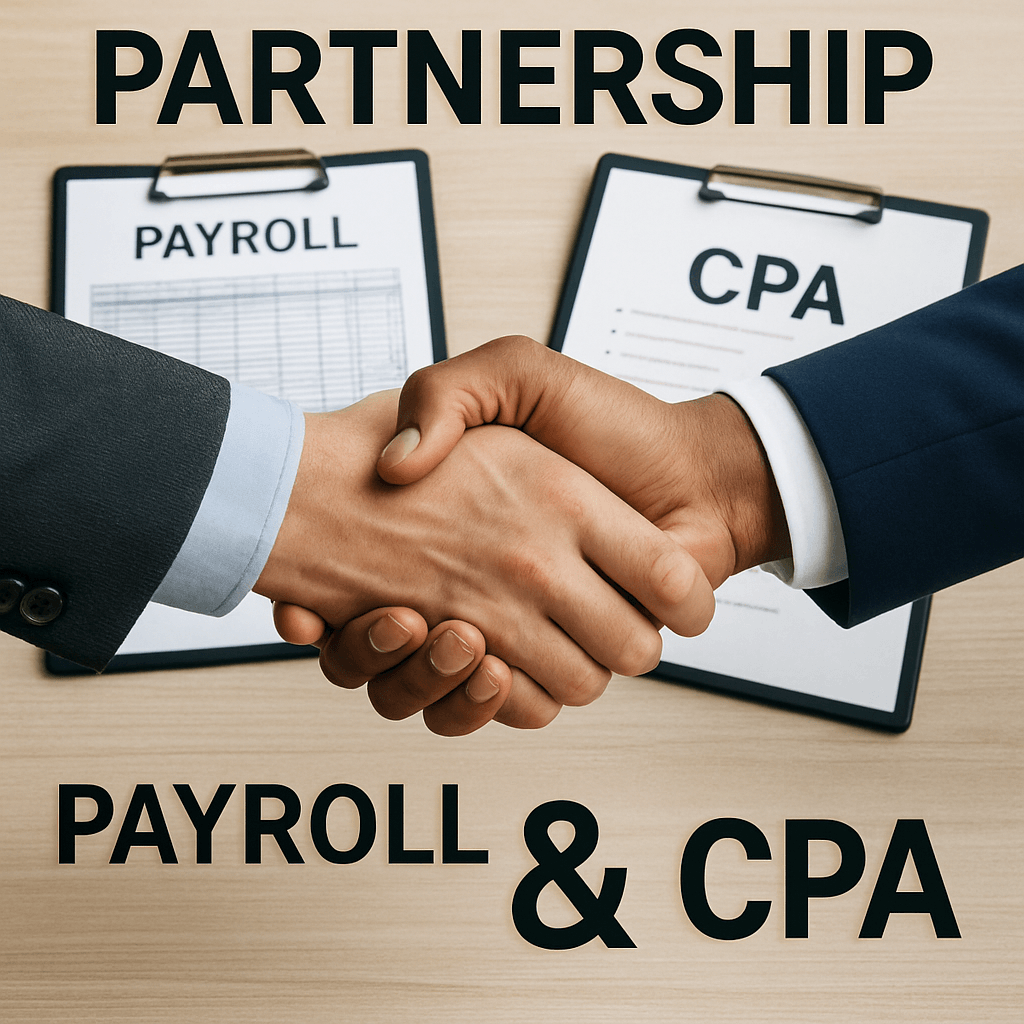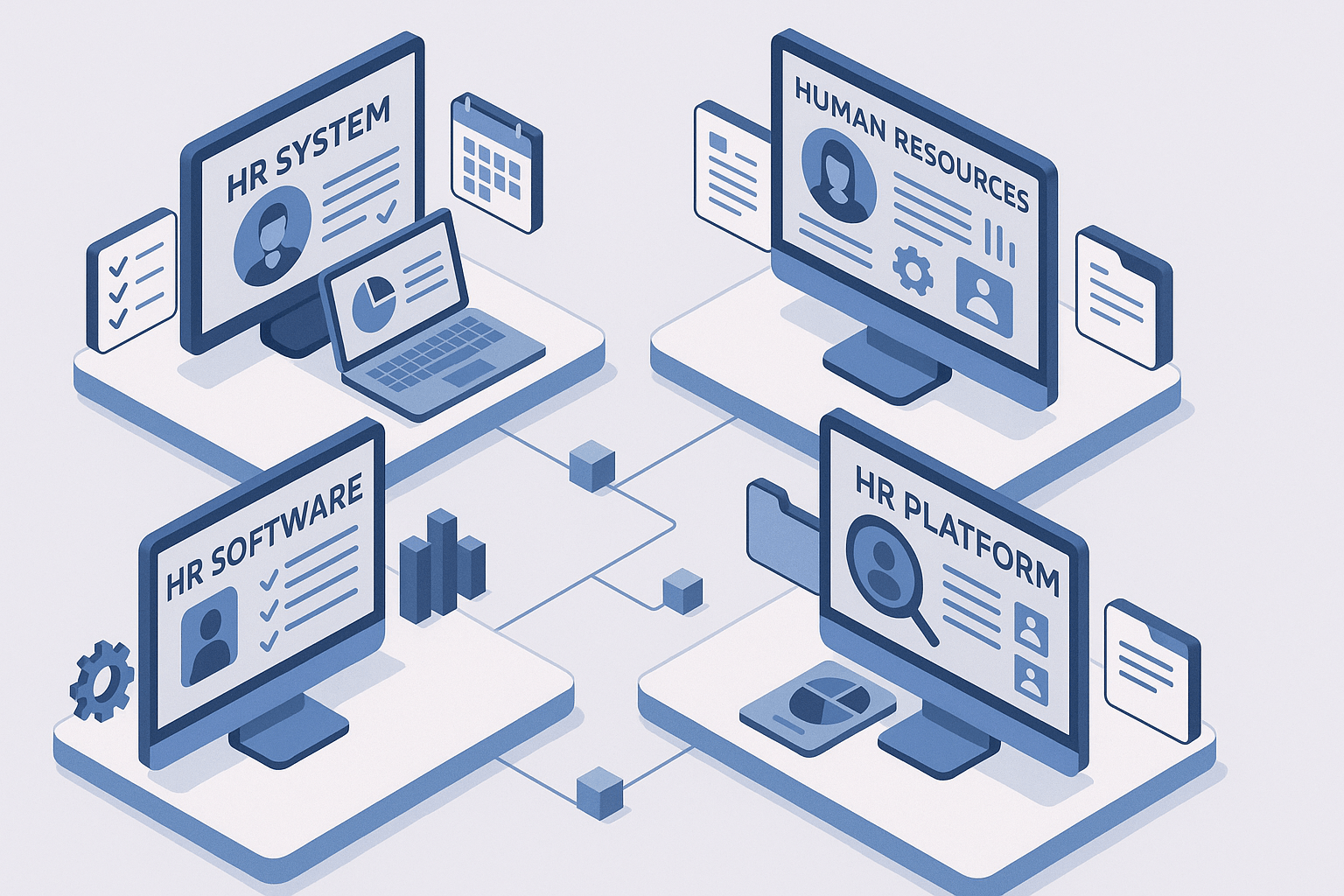I-9 Form Guide: Avoid $2,000+ Penalties (2025 Compliance)
March 31st, 2025
5 min read

Are you worried about keeping up with complex employment verification laws? Concerned that a minor oversight on your Form I-9 process could lead to hefty fines? You're not alone. In 2023 alone, ICE issued over $20 million in civil penalties related to I-9 violations, with the average fine per violation rising 34% since 2019.
At Lift HCM, we've helped countless organizations navigate the intricacies of employment verification and compliance. This guide breaks down everything you need to know about Form I-9 compliance, providing a clear roadmap to meet federal regulations while avoiding costly mistakes.
Table of Contents
- Understanding Form I-9 Basics
- The Purpose of I-9 Audits
- Document Verification Requirements
- The I-9 Audit Process: Step-by-Step
- Common Compliance Pitfalls
- Penalties and Consequences
- Best Practices for Ongoing Compliance
- Beyond Compliance: Transforming I-9 Processes into Business Protection
Understanding Form I-9 Basics
The Form I-9, mandated by the Immigration Reform and Control Act of 1986 (IRCA), serves a critical purpose: to verify the identity and employment authorization of individuals hired for employment in the United States. All U.S. employers must complete and retain a Form I-9 for every person they hire (USCIS Employer Handbook).
The 3 Sections of Form I-9
- Section 1: Employee Information and Attestation
- Employees must provide full legal name, address, date of birth, and Social Security number (optional unless participating in E-Verify)
- Employees must declare their work authorization status (citizen, permanent resident, or authorized noncitizen) and sign the form
- Section 2: Employer Review and Verification
- Employers must physically examine documents from the employee and verify their authenticity
- Acceptable documents include:
- List A: Establishes both identity and work authorization (e.g., U.S. Passport, Permanent Resident Card)
- List B: Establishes identity only (e.g., Driver’s License, State ID)
- List C: Establishes employment authorization only (e.g., Social Security Card, Birth Certificate)
- Employers must record, document details, sign, and date the certification section
- Section 3: Reverification and Rehire
- Used when verifying expired work authorization
- For rehiring employees within three years of their original I-9
💡 Pro Insight: A staggering 76% of I-9 forms contain at least one error that could result in penalties during an ICE audit. Systematic processes and regular internal audits are your best defense.
Key Points to Remember
- Timely Completion: The I-9 form must be completed within three business days of the employee's start date.
- Acceptable Documents: Employers cannot specify which documents employees should present. Employees can choose any valid combination from the lists provided.
- Accuracy and Compliance: Employers should regularly review and update I-9 forms to ensure compliance with current regulations.
The Purpose of I-9 Audits
I-9 audits help protect your business from potential fines and penalties while ensuring your workforce is authorized to work in the United States. A systematic approach to I-9 management demonstrates your commitment to compliance.
Key benefits of conducting regular I-9 audits include:
- Ensuring the correct completion of forms
- Correcting errors before penalties occur
- Reducing the risk of fines during inspections
- Preparing for potential federal audits
📌 For more detailed information, you can refer to the USCIS resources on Form I-9 and Employment Eligibility Verification.
Section 3: Reverification and Rehireshis section is used for re-verifying employment authorization for employees whose work authorization has expired or for rehires within three years of the original hire date.
Document Verification Requirements
Proper document verification is the cornerstone of I-9 compliance. Employers must physically examine documents that establish identity and employment authorization, but cannot specify which documents employees must present.
Key Document Verification Requirements:
-
Physical Examination: Employers must physically examine each document to determine if it reasonably appears genuine and relates to the employee presenting it.
-
Proper Recording: Document information must be accurately recorded in the appropriate section of Form I-9.
-
Document Retention: If copying documents (optional but recommended), this practice must be consistent for all employees to avoid discrimination claims.
-
Timely Verification: All document verification must occur within three business days of the employment start date.
💡 Pro Insight: Create a document verification checklist for HR personnel to ensure consistent examination practices across all new hires, reducing the risk of overlooking critical details (Department of Justice Employer Guidance).
The I-9 Audit Process: Step-by-Step
1. Gather and Organize Documentation
Start by taking inventory of your I-9 forms:
- Create separate files for current and terminated employees
- Identify missing forms for current employees
- Remove I-9s for non-employees (volunteers, independent contractors)
2. Address Missing I-9 Forms
For employees without I-9s on file:
- Contact affected employees immediately
- Request appropriate documentation (List A or Lists B and C)
- Document all communication attempts
- Establish clear submission deadlines
- Complete the I-9 immediately upon receiving documents
⚠️ Important: If an employee cannot provide required documentation, consider these options:
- Accept receipts (within USCIS guidelines)
- Place the employee on leave until documentation is received
- Terminate employment (consult legal counsel)
3. Audit Existing I-9 Forms
Review each form methodically:
Section 1 Verification:
- Complete employee information
- Selected immigration status
- Signature and date
Section 2 Verification:
- Proper document placement (List A or Lists B and C)
- Complete information for each document
- Employer certification (signature, date, title)
Section 3 Verification (if applicable):
- Completed only for re-verification or rehire
- Remember: Permanent resident cards and List B documents don't require re-verification
4. Correctly Identify Errors
Create an audit log documenting:
- Employee name
- Errors found
- Corrective actions taken
Handling Common Errors:
| Error Type | Correction Method |
|---|---|
| Missing information | Employee completes, initials, and dates |
| Incorrect document placement | Strike through, correct, initial, and date |
| Severely flawed I-9 | Complete a new I-9, and attach it to the original with an explanation |
| Missing Supplement B | Complete for re-verification/rehire |
💡 Pro Tip: For technical errors, correct the existing form. For substantive errors, complete a new form and attach it to the original with an explanation.
5. Process Terminated Employee I-9s
- Retain forms for required periods (3 years after hire date or 1 year after termination, whichever is later)
- Correct errors using the same process as current employees
- Document any uncorrectable errors
6. Finalize the Audit
- Organize all I-9 forms in secure, accessible files
- Document the entire audit process
- Retain all audit logs and communications
- Schedule your next audit
Common Compliance Pitfalls
Understanding the most frequent I-9 errors can help you implement targeted prevention strategies:
High-Risk I-9 Practices to Eliminate Immediately
- Accepting documents that appear fraudulent
- Backdating forms to cover missed deadlines
- Using outdated versions of Form I-9
- Pre-populating employee sections
- Requesting specific documents from employees
Penalties and Consequences
The financial consequences of I-9 violations can be severe, with penalties assessed per form rather than per company. This means organizations with large workforces face particularly significant exposure.
Recent Enforcement Trends
ICE's enforcement actions show a troubling trajectory for non-compliant employers:
Beyond Financial Penalties
The true cost of non-compliance extends far beyond monetary fines:
- Reputational Damage: Public enforcement actions can harm brand perception
- Operational Disruption: Audits divert resources from core business functions
- Increased Scrutiny: History of violations leads to enhanced monitoring
- Potential Criminal Charges: Knowing violations can result in criminal prosecution
Best Practices for Ongoing Compliance
Maintaining continuous I-9 compliance requires systematic processes and organizational commitment. Implement these proven practices to minimize risk:
1. Standardize Onboarding Procedures:
- Create step-by-step I-9 completion workflows
- Develop clear timelines and responsibility assignments
- Implement automated reminders for critical deadlines
2. Invest in Training:
- Provide comprehensive I-9 training for all HR personnel
- Conduct annual refresher sessions on regulatory updates
- Create detailed desk references for common scenarios
3. Leverage Technology Solutions:
- Consider electronic I-9 management systems
- Implement automated expiration tracking
- Utilize built-in validation to prevent common errors
4. Establish Clear Correction Protocols:
- Document specific procedures for addressing errors
- Train HR staff on proper correction techniques
- Maintain detailed logs of all form corrections
5. Create Reverification Systems:
- Develop tracking mechanisms for expiring work authorizations
- Implement automated alert systems for upcoming deadlines
- Create clear procedures for Section 3 completion
📊 Industry Stat: Organizations using electronic I-9 systems experience 93% fewer technical errors than those using paper-based processes, according to a 2023 compliance survey.
Beyond Compliance: Transforming I-9 Processes into Business Protection
In the past, I-9 compliance may have felt overwhelming, with complicated rules and potential fines looming over employers. Now, armed with this guide, you understand the key steps to ensuring I-9 accuracy, conducting audits, and maintaining legal employment records.
Moving forward, the best way to stay compliant is to conduct regular I-9 audits, keep records updated, and ensure HR teams are trained on proper employment verification procedures.
At Lift HCM, we offer comprehensive I-9 compliance solutions, including:
- Compliance Assessments: Expert review of your current processes
- Audit Support: Assistance with internal audits and error correction
- Training Programs: Customized compliance training for your HR team
- Technology Implementation: Support for electronic I-9 management systems
Ready to strengthen your I-9 compliance? Contact our team today for a no-obligation consultation. We'll help you identify your risk areas and develop a targeted plan to achieve and maintain full compliance.
This article is provided for informational purposes only and does not constitute legal advice. Consult with qualified legal counsel for specific guidance on your organization's I-9 compliance.
Caitlin Kapolas is a results-driven professional with a strong background in account management and retail. She is dedicated to improving client experiences and building lasting relationships. Caitlin excels in identifying client needs, resolving issues, and implementing customized solutions that drive value. Her effective communication skills ensure high client satisfaction and loyalty, making her a trusted advisor and partner in meeting client needs with precision and professionalism.









